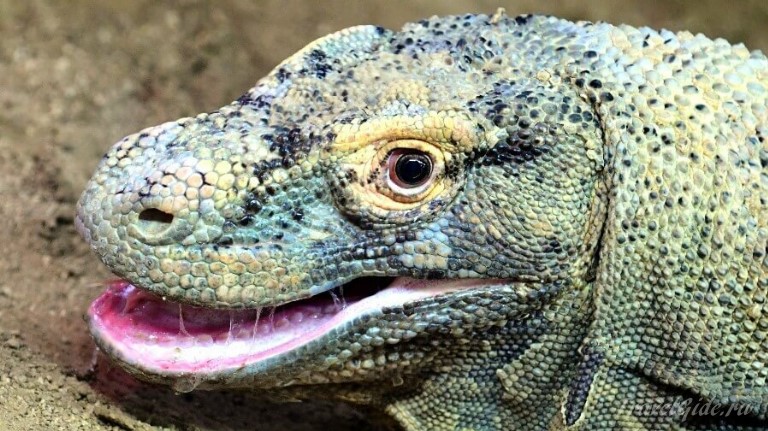
The last dragons on planet Earth.
At you still have to see the direct descendants of dinosaurs if in the future you plan a trip to one of the most famous and popular islands of Indonesia - Komodo.
The famous dragons from the Indonesian island of Komodo, distant relatives of dinosaurs who have survived more than one cataclysm over the millennia, may soon disappear from the face of our planet. If this happens, then tourists, according to scientists, will be the culprits.
For the first time, Europe learned about these giant carnivorous reptiles, reaching a length of 3 meters and a solid weight of 150 kg, back in 1912, when a scientific expedition visited the islands of Komodo, Rinka and Gili Motang, lost in the Pacific Ocean.
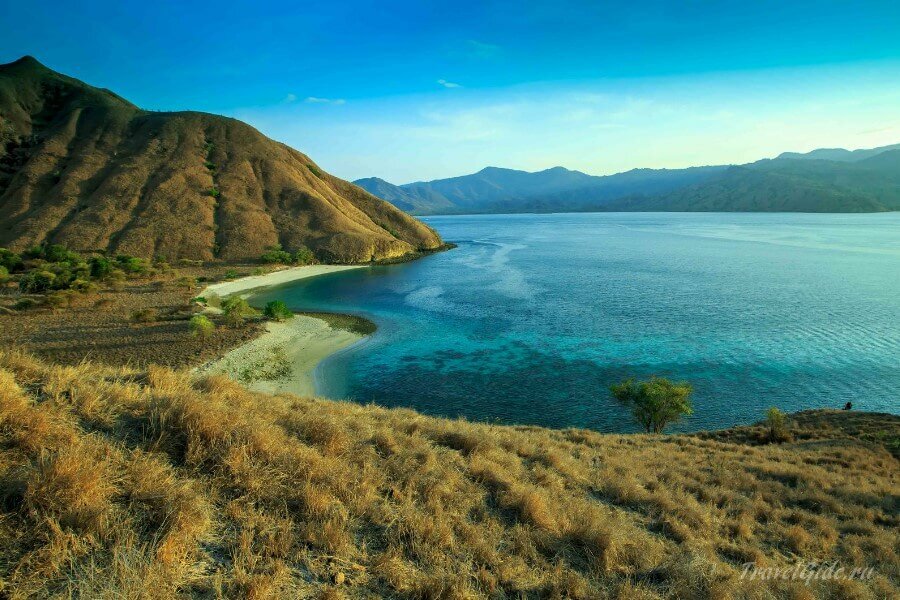
Then the giants were reliably protected from a person whose nearest settlements were no closer than 500 km, on the island of Bali. For modern ships, this, alas, is not a distance, and until recently, at least hundreds of tourists “landed” on Komodo every day.
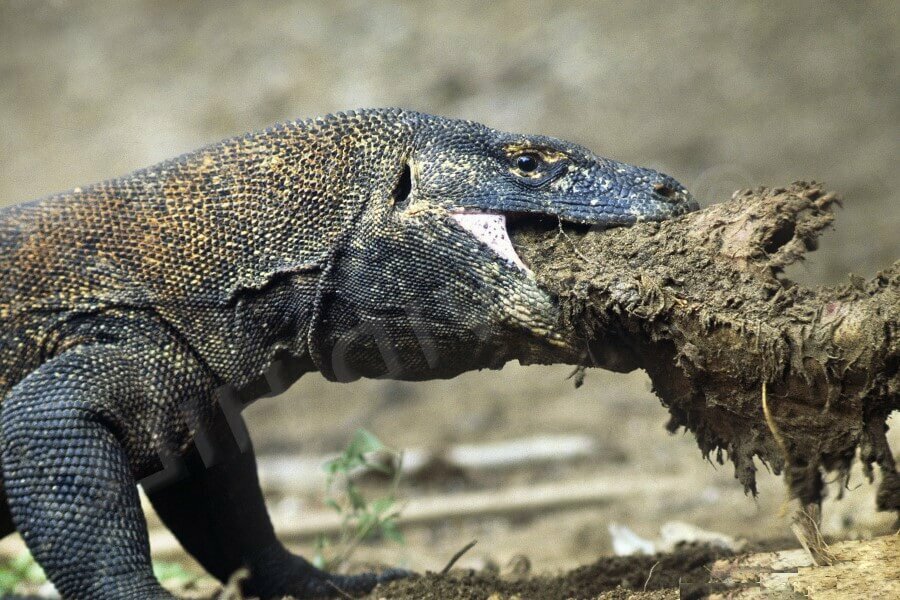
Now the island, whose area is 30 thousand hectares, is home to about 700 people who have moved here in recent years in the hope of earning extra money on monitor lizards. In order to absolutely guarantee travelers a meeting with dragons, the natives breed deer, the meat of which is regularly fed to giant lizards.
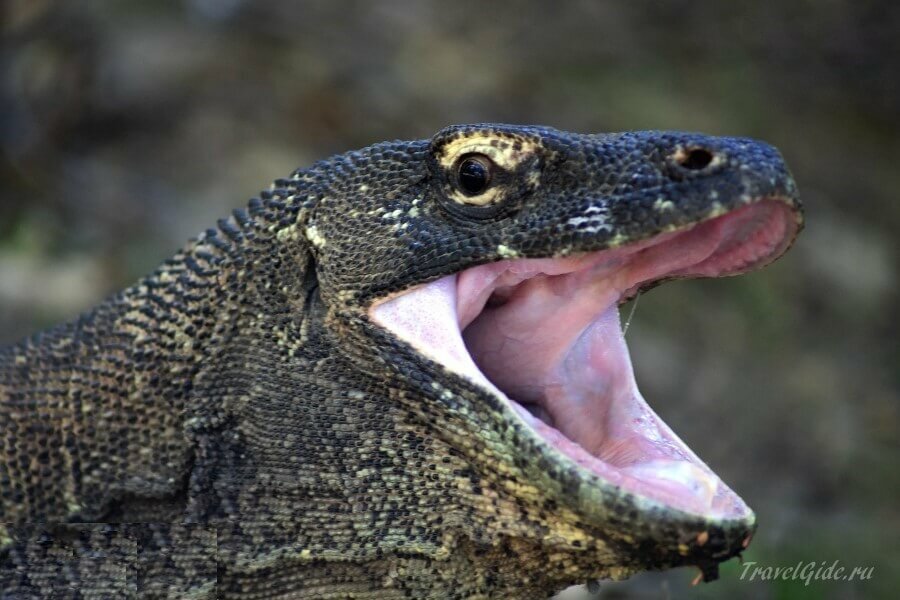
“The practice of domesticating Komodo dragons makes them dependent on this feeding, disrupts their natural behavior,” said British zoologist Ronald Lilly. “Usually small females don’t get a piece of this pie, and this reduces their ability to reproduce.”
The "human factor", scientists believe, was the main reason for the sharp decline in the dragon population. If in 1971 there were about 7,000 individuals, now, according to various estimates, there are less than 4,000.
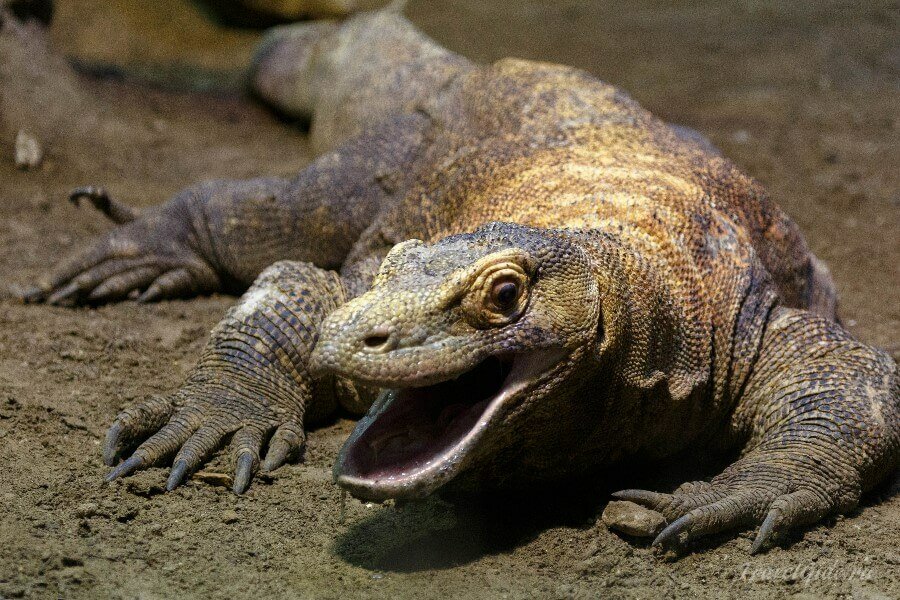
Indonesian environmentalists, in contact with US specialists, have developed a natural restoration program. It provides for the relocation of several tens or hundreds of monitor lizards to the uninhabited island of Padar, where they will have the opportunity to live in their natural environment.
If you are still thinking where to “break away” after the end of quarantine measures, then consider, as an option, a trip to the “Dragon Island” in Indonesia.

